Ao Dai – The quintessential beauty of Vietnamese culture
Ao Dai is not only a source of pride but also a symbol of Vietnamese culture known to many people in the world
Vietnam's traditional ao dai is not only a costume but also a symbol of elegance, marking a strong connection between the past and present of the nation. Originating from the aristocratic costume of the Nguyen Dynasty in the 18th century, the ao dai fits the body like a work of art, gliding gently on the flexible curves of today's women.
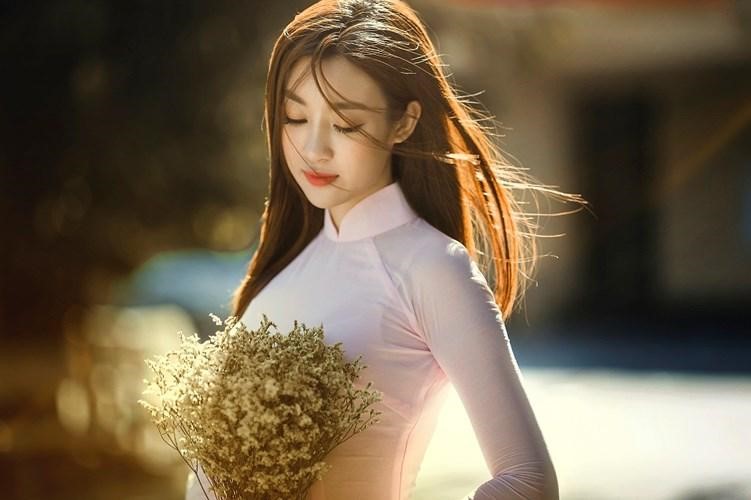
Source: Internet
With soft fabrics such as silk, brocade, and velvet..., the ao dai hugs the body, creating a graceful and sophisticated beauty for the wearer. Ao Dai can be slit or not depending on preference and occasion, ao dai is not only suitable for festivals and important events but is also an appropriate choice for different situations.

Source: Internet
Ao Dai is not only a source of pride but also a symbol of Vietnamese culture known to many people in the world. Ao Dai is not just a costume, but also an indispensable part of Vietnam's cultural baggage.
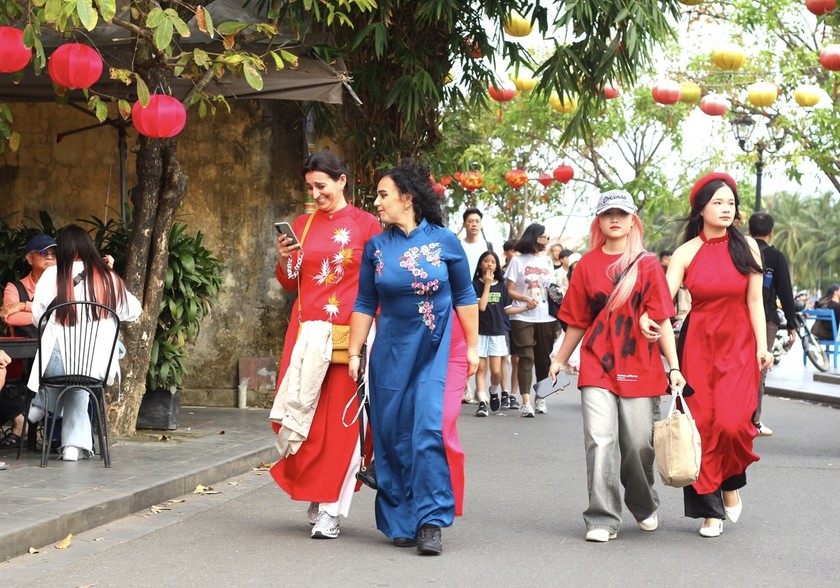
Foreign tourists wear Ao Dai when walking around the streets - Source: Internet
Foreign tourists coming to Vietnam are very excited when they experience trying on traditional Vietnamese ao dai.
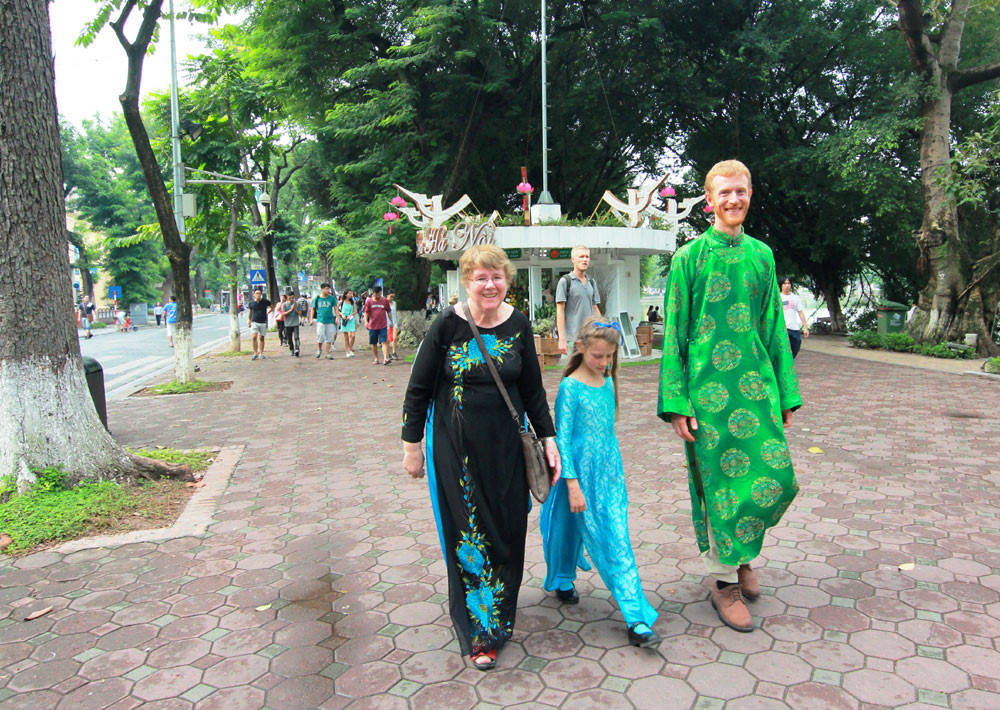
Foreign tourists wear Ao Dai when walking around the streets - Source: Internet
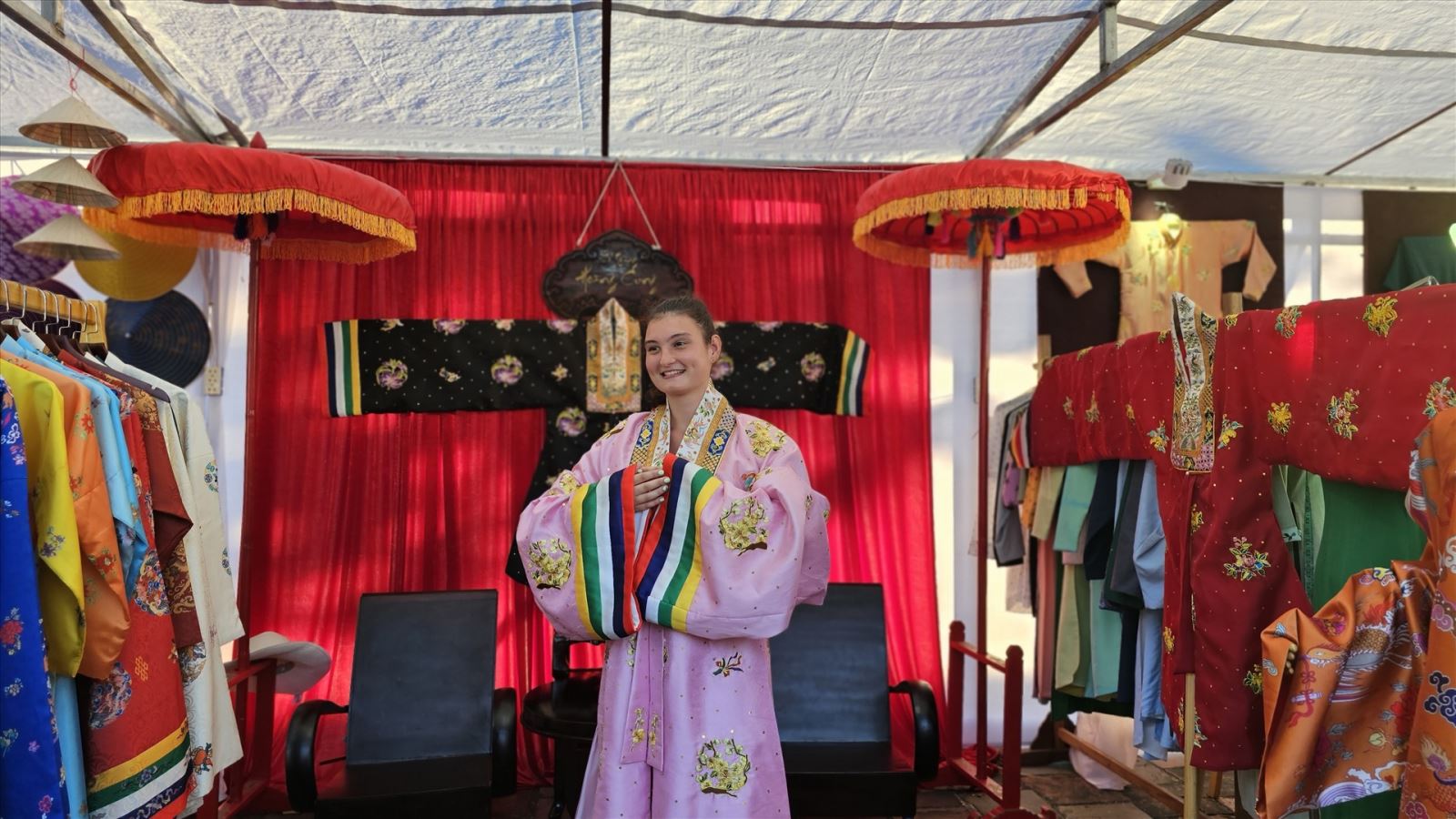
Tourists enjoy the experience of wearing Ao Dai - Source: Internet
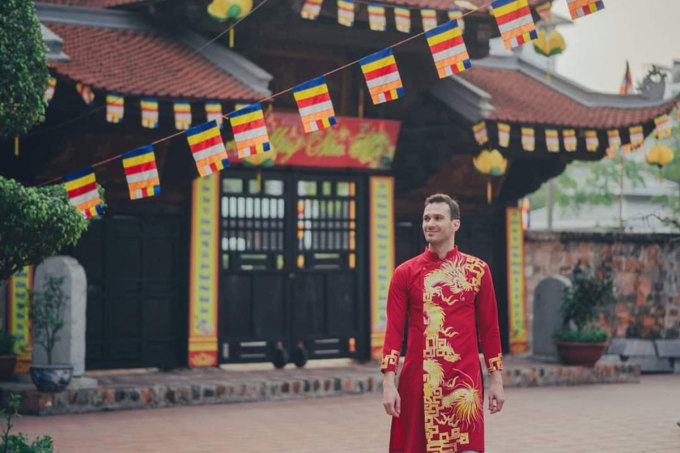
Tourists enjoy the experience of wearing Ao Dai - Source: Internet
If you come to Vietnam, you should not miss this experience.
Vietmountain Travel
Articles same category
Travel Tips to Vietnam
Neighboring countries: China to the north, Cambodia to the southwest and Laos to the west. The South China Sea borders the country to the east.
15 activities to discover Sapa for foreign tourists
You are about to have a trip to Sapa in Vietnam, and here are the 15 most interesting Sapa discovery activities for you.
Discover the Top 4 most beautiful idyllic fishing villages in Ha Long
You will have moments of being immersed in the idyllic life of the people of the fishing villages.







